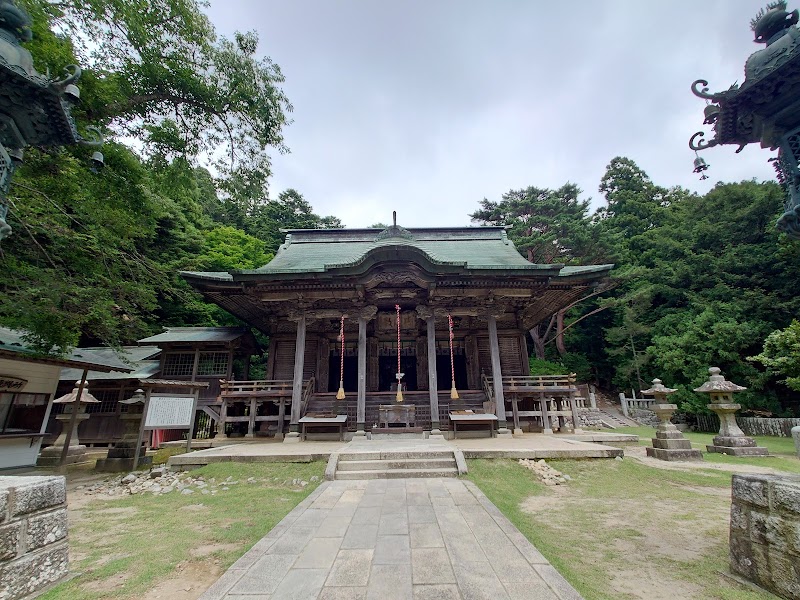
Mangokuura Lagoon Wetlands Adventures
Mangokuura Lagoon Wetlands is a coastal wetland ecosystem along Japan’s northeastern Pacific coast known for its rich biodiversity and vital role in supporting migratory birds and local fisheries.
About Mangokuura Lagoon Wetlands

Mangokuura Lagoon Wetlands are situated along the Sanriku Coast in Miyagi Prefecture, Japan. This coastal lagoon and its adjacent tidal marshes form an important ecological zone where freshwater from rivers meets the Pacific Ocean’s saline waters. The wetlands cover a mix of mudflats, salt marshes, and reed beds that support a diverse range of plant and animal species. The area provides critical habitat for hundreds of bird species, including migratory waterfowl and shorebirds, making it a favored spot for birdwatching. Among key species are various ducks, herons, and plovers, some of which are protected under international conservation treaties. Aside from wildlife, the wetlands are integral to local fisheries, particularly for shellfish and seaweed cultivation, reflecting the strong connection between natural ecosystems and local communities. Historically, Mangokuura Lagoon has played a role in coastal management and flood control. Recreational opportunities include nature observation, photography, and limited hiking along designated paths. Visitors are drawn to the tranquil setting, especially during migratory seasons in spring and autumn when bird activity peaks. Careful management and conservation efforts have been implemented to balance human use with ecological preservation. Seasonal flooding and typhoon impacts influence the landscape’s dynamics, providing an ever-changing environment that supports both resident and transient species. Education initiatives emphasize the lagoon’s significance in biodiversity conservation and its function as a natural buffer against climate-related hazards.
Highlights
Mangokuura Observation Deck with panoramic lagoon and birdwatching views
Salt marsh ecosystem supporting rare coastal flora
Migratory bird staging area recognized under the Ramsar Convention
Reed bed trails offering quiet wildlife viewing opportunities
Notable Natural Features
Mangokuura Lagoon Observation Deck
Elevated platform offering unobstructed views of the lagoon and habitats where visitors can observe migratory and resident bird species.
Tidal Mudflats
Expansive mudflats exposed during low tide that serve as rich feeding grounds for shorebirds and marine life.
Reed Bed Habitat
Dense stands of reeds that provide shelter and nesting sites for birds and contribute to water purification.
